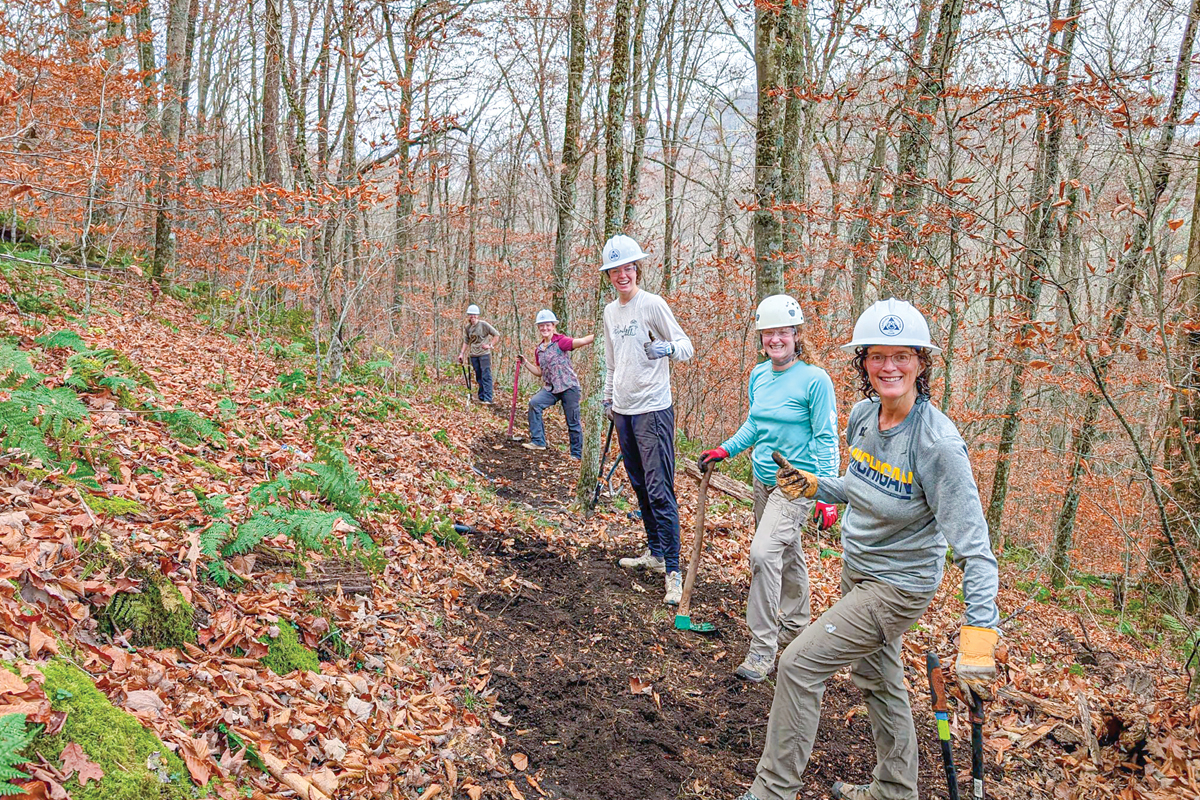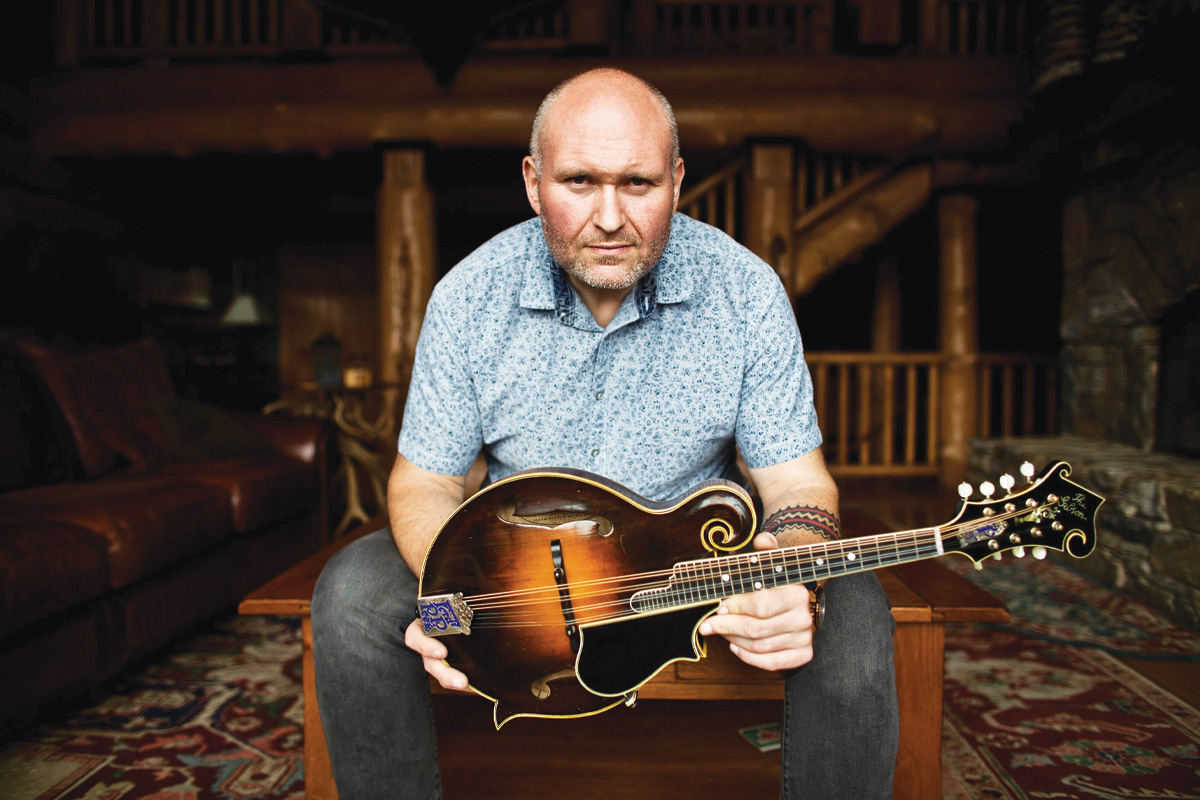Learn More About Somatics with Kristin Jackson

Somatics describes any practice that uses the mind-body connection to help you survey your internal self and listen to signals your body sends about areas of pain, discomfort, or imbalance. When Kristin Jackson experienced a life altering tragedy in 2011, she had to find a way to heal the pain in her body. She is now a clinical somatic educator and helps other people become pain-free. Kristin said, “I know it sounds cliché, but somatics changed my life.” Rumble conducted a Q&A with Kim to learn more about this powerful treatment.
Rumble: How did you initially get involved in somatics?
Kim: I was hit by a car while riding my bike and suffered a traumatic brain injury and multiple soft tissue injuries. As a personal trainer, I thought things like stretching and foam rolling and bodywork could “fix” me. In reality, treatments didn’t last and I continued to get worse, not better. It was depressing to go from being a pain-free, active person to someone with chronic pain. Then I came across a book on somatics and explored some of the movements. I got instant relief in my chronically tight hip the first time I tried the movements, and it hasn’t returned in over nine years. It was a turning point for me. I had to learn more, so I went through somatic movement training and then a three-year program to become a clinical somatic educator.
Rumble: How does somatics differ from yoga or basic stretching?
Kim: In somatics, we never stretch, we pandiculate. Pandiculations provide bio-feedback to our nervous system to prevent the buildup of chronic muscular tension. To pandiculate, one contracts and releases muscles in certain ways so the feedback loop in our nervous system naturally releases muscle tension and restores voluntary control of our muscles. All vertebrates pandiculate, even babies in the womb. It’s what our pets do when they get up from a rest. We may think they are stretching, but they are actually pandiculating. While small children and the rest of the animal kingdom just naturally pandiculate, adults must take a conscious moment to pandiculate. In the 24/7 world of rushing and hustling most of us neglect this natural release of tension and become chronically stiff, thinking it’s due to age or injury. In reality, stiff bodies are due to repeatedly contracting our muscles so they remain tight. Learning to pandiculate again can be a huge game changer for the injured as well as those who want to improve their sport and maintain quality of life.
Science now knows that stretching and forcing muscles beyond their natural length does not get muscles to relax. In fact it can have the opposite effect. That’s why we may feel good for a bit after forcing our bodies and pulling our muscles to excessive lengths, either by stretching or at the hands of bodyworkers. But we can be sore afterwards, only to repeat the process over and over. There is no learning through force. Somatics is all about neuroplasticity. The layperson doesn’t need to completely understand the science, but I think it’s important to have a basic understanding of what we are doing. Somatics is completely different from what we have collectively been doing to get out of pain and reduce stress and despair. Also, I tell people you can read about somatics until the cow comes home, but the only way to truly understand is to do it!
Rumble: Can you think of a client success story to share?
Kristin: There are so many! A young woman came to me for a private session who had cervical dystonia. Her neck had been rotated to the left for over 17 years. She’d been to chiropractors, acupuncturists, massage therapists, had botox injections, did yoga, pilates and stretched her neck all the time to no avail. During her private session, she was on a table, similar to a massage table, fully clothed. From there, I had her do particular pandiculation patterns while I applied a very gentle amount of weight with my hands on her body. At the end of her session she stood up and was blown away. She was facing forward with complete ease. I also taught her self care movements to help her maintain the length of her neck muscles. She had one more session with me then she was free to practice her self care to keep rewiring her nervous system for pain-free movement. She was beyond thrilled.
Rumble: What do you enjoy about what you do?
Kristin: I absolutely love witnessing the a-ha moments in my clients when they rediscover their true power to live a greater life. Most people come to somatics after they’ve “tried everything” for their pain and suffering. When people become empowered to “fix” their pain problems, it frequently blossoms into the rest of their lives. One woman I worked with reported back to me two weeks after her last session. She’d fired her chiropractor, cleaned up her diet, and finished writing her book of fiction she’d neglected. Wow!
Rumble: On March 12, you are offering an event at Waynesville Yoga Center called ‘Reduce Pain and Stress the Somatic Way.’ Can folks of all ability levels attend?
Kristin: Anyone and everyone is welcome to attend the workshop in March. The movements are safe and gentle. The workshop will be done predominantly lying on a mat on the floor. If that is a concern, one could do a lot of the lessons seated in a chair, or they are welcome to reach out to me for a private lesson.
Rumble: Do you offer sessions elsewhere?
Kristin: I offer weekly somatic classes at Waynesville Rec Center. Those sessions are Monday from 8-9 a.m., Tuesdays from 6-7 p.m. and Wednesdays from 8-9 a.m.
Rumble: Is there anything else you’d like to share about somatics?
Kristin: Somatics is becoming a trendy term these days, and there are many modalities under the somatic umbrella. They are all working with the somatic nervous system, the part of our brains and nerves that control how we move and sense our movements. If you are seeking a practitioner, be sure to ask about their training and methods.
You can learn more about Kristin and the fascinating world of somatics by visiting her website.






















